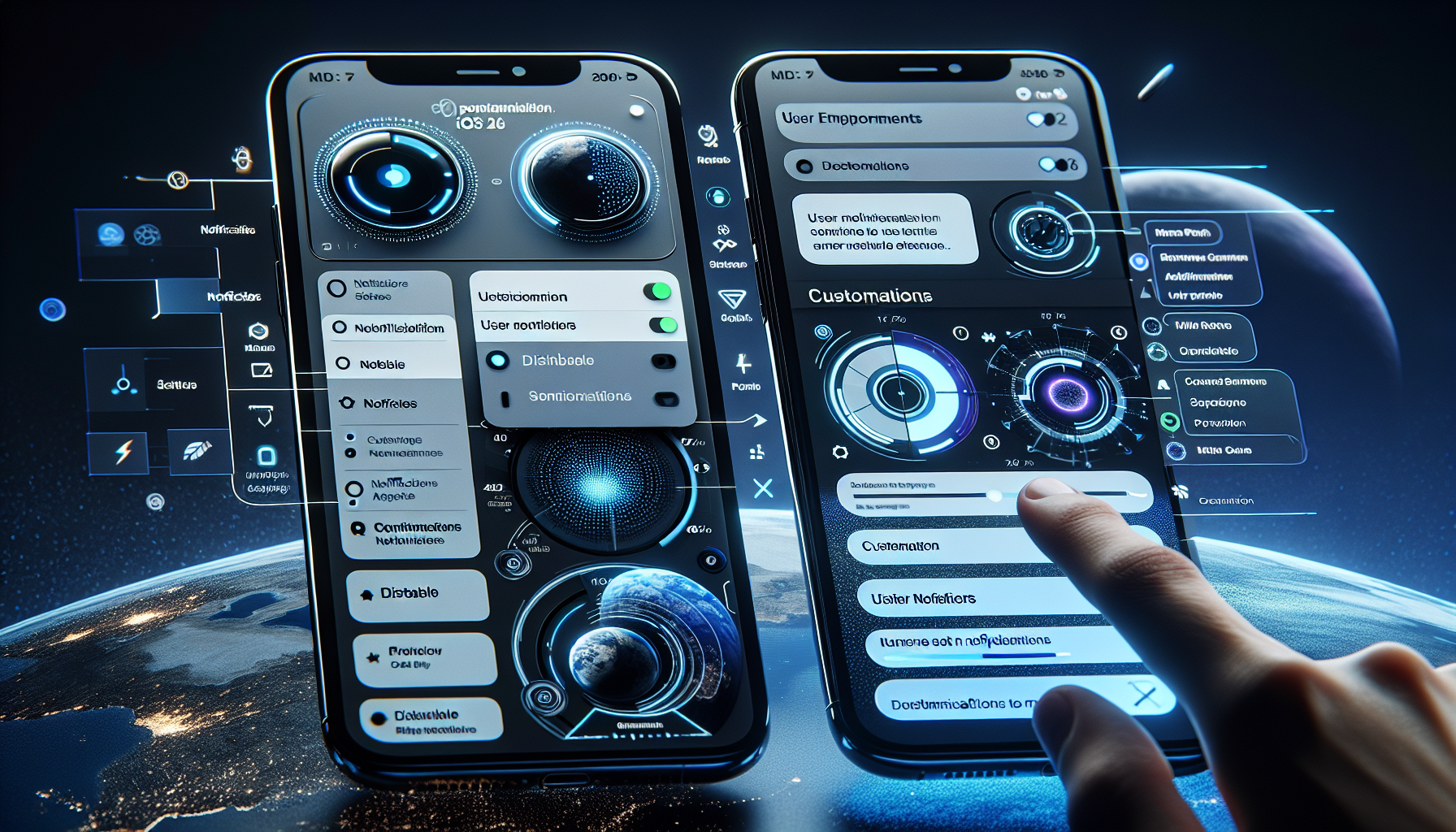
iOS 26 Update Empowers iPhone Users to Disable Unwanted Feature
The groundbreaking revelation of the iOS 26 update has the tech community buzzing with excitement. Apple's latest software update gives iPhone users the long-awaited power to personalize their devices even more. At the heart of this update is a feature that invites users to take control — and disable a function they have frequently found intrusive.
The Evolution of iOS: A Journey Toward User Empowerment
Apple's continuous innovation within its iOS framework has been instrumental in maintaining its position as a leader in the smartphone industry. Each update comes with a raft of new features designed not only to enhance functionality but to respond to user feedback. With iOS 26, Apple takes a notable step forward, emphasizing user customization and autonomy.
Why Disable a Feature?
While Apple often rolls out updates with additional features, there has been significant user feedback indicating that not all features align with user preferences. Some functionalities, although technically advanced, disrupt the seamless and personalized experience users desire. The newest update addresses this by allowing users to disable a feature that might be seen as more of a hindrance than a benefit.
A Closer Look at the Feature in Question
So, what exactly is the contentious feature that Apple's new update allows us to disable? The focus is on a notification setting that has been part of iOS's attempt to keep users informed but has often crossed the line into being overly obtrusive. Users can now say goodbye to untimely interruptions that clutter their experience, paving the way for a more serene and personalized interaction with their devices.
The Technical Details
- Feature Type: Notification Settings
- User Impact: Reducing unnecessary alerts and distractions
- Control Level: Full disablement option available
This update doesn't just stop at allowing users to turn off the feature entirely. Apple provides a suite of granular control options, enabling users to tailor their notifications according to context, time of day, or even location.
The Ripple Effect: User Experience and Privacy
In a world where privacy concerns are at an all-time high, Apple's move has a ripple effect beyond mere convenience. Here's how:
- It empowers users with more choices regarding their personal data and interactions.
- Users gain an enhanced feeling of control over their devices, boosting satisfaction with the product.
- It sets a precedent for other tech companies striving to enhance UX while respecting privacy.
These changes highlight Apple's commitment not just to leading technological advancements but also to respecting and integrating user feedback into their development cycles.
Analyze the Competitive Landscape
This update begs the question: how does it stack up against competitors? While many Android devices also boast customizable notification settings, the seamless integration and intuitive interface that Apple delivers are what continue to set it apart. With iOS 26, Apple has raised the bar, encouraging others in the tech sphere to prioritize user-friendly interfaces and controls.
What This Means for the Future of iOS
Looking ahead, iOS 26 is not just an incremental update; it signals a shift in Apple's philosophy towards embracing user-driven development. This could indeed be the standard for future updates where user autonomy is at the forefront of all new features.
Apple's decision to allow users to disable features they find disconcerting is a proactive step. It is a testament to their commitment to not only innovate but to truly serve their user base — respecting both their time and attention.
Concluding Thoughts
As iOS 26 makes its way onto more devices, the conversation around the balance of technology's benefits and drawbacks continues. Users are now armed with more power than ever to dictate how they engage with their devices. The era of intrusive features is, hopefully, nearing an end.
This update underscores a pivotal embodiment of Apple’s motto: to create products that inhabit the crux of ambition and accessibility. As iPhone users explore and experiment with their newfound freedom, they partake in a semblance of technological evolution that favors the individual over the automated.
In conclusion, while not every user will choose to disable the feature, having that choice available reflects a profound shift towards user-centric technology, redefining the boundaries of how technology fits seamlessly into our daily lives.









